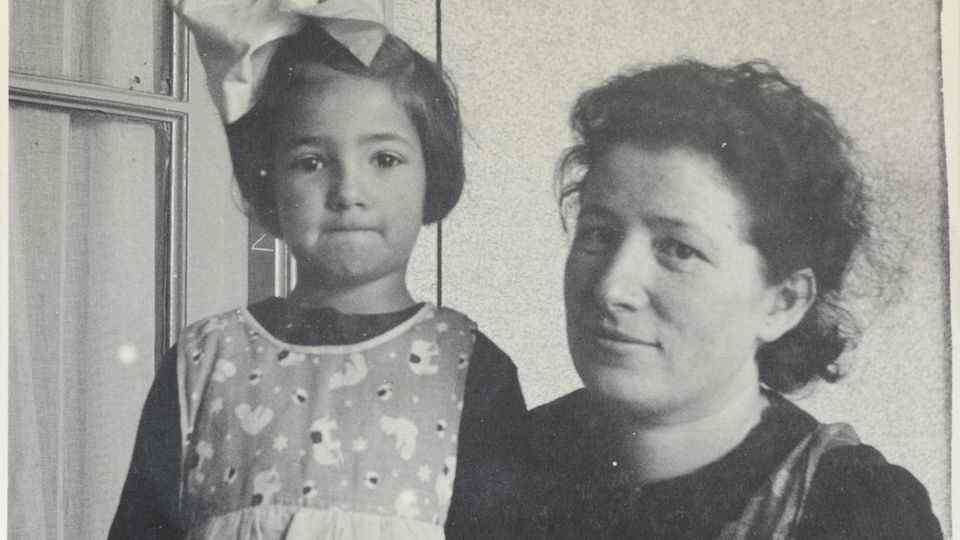Anti-Semitic attack
Spanish village “Kills Jews” smeared anti-Semitically after changing its name
After it was renamed, the village of Castrillo Mota de Judios was the victim of an anti-Semitic attack
© Efe Tv // Picture Alliance
More than six years ago, the residents of “Castrillo Matajudios” applied for their home village to be renamed in order to present a cosmopolitan outlook. Now the tranquil community has become the target of an anti-Semitic attack.
For centuries the name of the Spanish village “Castrillo Matajudios” was a manifestation of hatred of Jews in the Middle Ages. Until the 56 residents protested and in 2015 applied for a referendum to change the name to the local government of the autonomous community of Castile and León in Valladolid.
The name of their village (Eng .: Camp Kills Jews) was renamed as a result. “Castrillo Matajudios” became “Castrillo Mota de Judios” (Eng .: Camp Judenhügel). Linguistically a little more than a nuance and clearly indistinguishable from one another. For the residents, however, an important step to symbolize cosmopolitanism and tolerance.
Anti-Semitic attack on Spanish village
But now the village has fallen victim to an anti-Semitic attack. As the mayor of the municipality, Lorenzo Rodriguez, reported on Twitter on Monday, previously unknown perpetrators have smeared several house facades with anti-Semitic slogans, “The Guardian” reported first.
On pictures that Rodriguez shared, slogans like “Long live the Catholic monarchy”, “The mayor has sold himself to the killer Jews” or “Jews out” could be read. Rodriguez comments on Twitter that the graffiti are “threats from intolerant and illiterate people who do not value heritage or people; nor do they respect anyone or anything.”
In addition, the graffiti are “a direct attack on democracy, on the idea and the individual and collective freedom of a village.” He hopes that those responsible will be caught and sentenced, the mayor continued.
The Association of Jewish Congregations in Spain said the attack itself and the threats contained in the graffiti were “unacceptable and show the danger of the ideologies that led Europe into disaster.”
Rodriguez was given full support and encouraged to continue working on the Jewish history of his village.
History of the village shaped by anti-Semitism and persecution of the Jews
The village has an eventful history. Experts believe that the village was founded in the 11th century by a group of Jews who were banished to a hill from a nearby settlement. They called their village “Castrillo Motajudíos” (Eng .: Camp Judenhügel). From then on it became a popular trading center with up to 1000 inhabitants. Until Queen Isabella and King Ferdinand expelled the Jews from Spain in 1492.
Some researchers assume that around this time, i.e. at the wedding of the Inquisition, the name was changed to “Castrillo Matajudios” (Eng .: Camp Kills Jews). There are various traditions and theories for the reason. Some assume a simple spelling mistake in a document, others see the renaming as intended to show loyalty to the Spanish crown and the Roman Catholic faith. Still others refer to documents according to which the name was first mentioned in 1627, more than 130 years after the expulsion of the Jews in Spain.
Hopefully we will soon be able to get an idea of further legends, theories and historical stories about Castrillo Mota de Judios. The town hall and the attached museum are currently being renovated.
Sources: The Guardian I., The Guardian II, Tweet Lorenzo Rodriguez, Homepage Castrillo Mota de Judios


